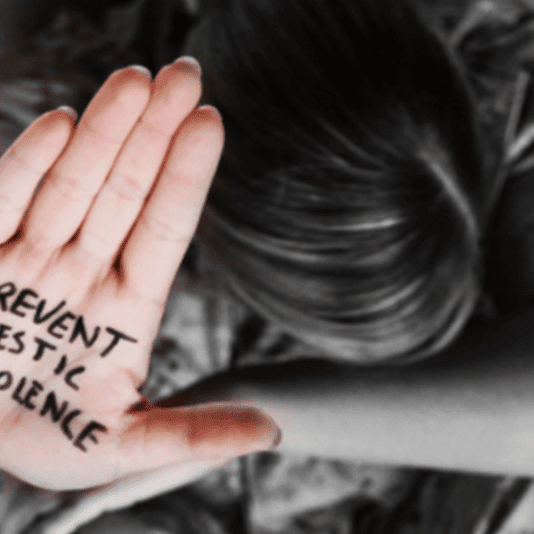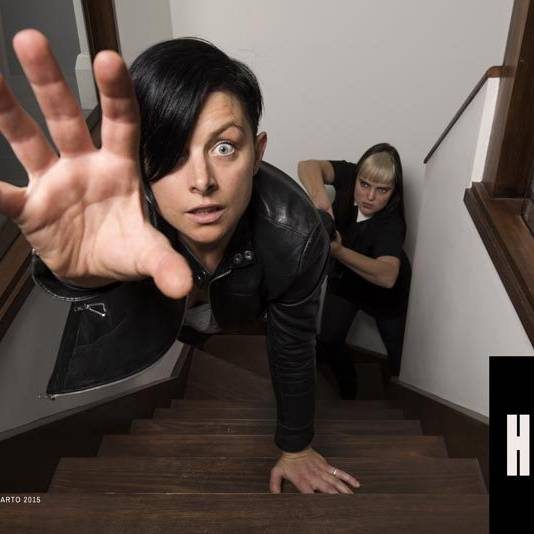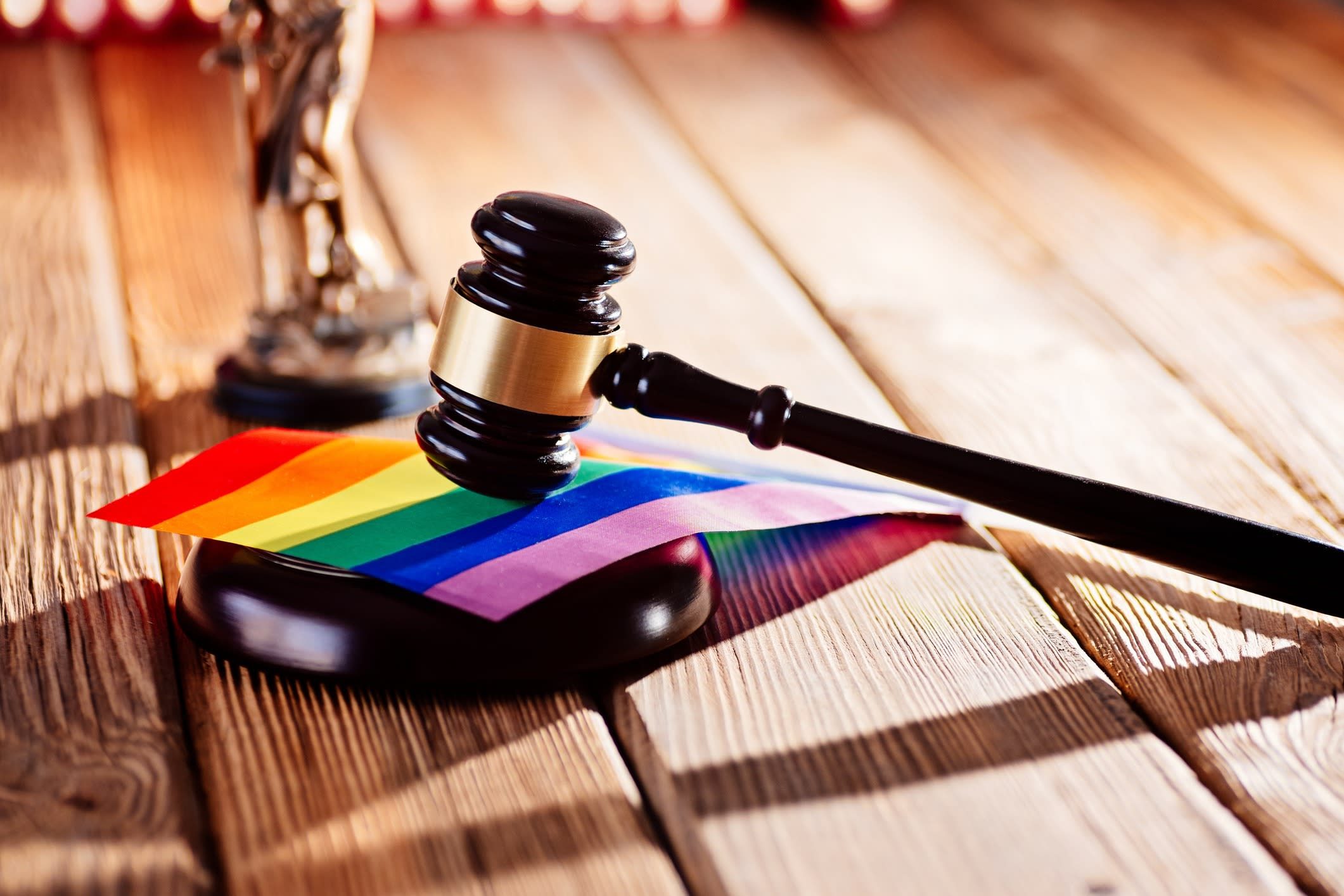 LGBTQ+ people in Australia generally benefit from the same legal rights as cisgender heterosexual people, such as the right to marry, parent, and, importantly, to access legal protections from family violence.
LGBTQ+ people in Australia generally benefit from the same legal rights as cisgender heterosexual people, such as the right to marry, parent, and, importantly, to access legal protections from family violence.
But while there’s a large body of research on family violence committed against women in cisgender, heterosexual relationships, there’s far less known about its occurrence in LGBTQ+ relationships.
What is known is that LGBTQ+ people experience equally as high, if not higher, rates of family violence when compared to cisgender heterosexual women.
But little research exists on the legal processes and experiences of LGBTQ+ victim-survivors when seeking protection from abusive partners or family members.
Many LGBTQ+ people distrust the legal system and police, and when they find themselves experiencing family violence, many believe the law isn’t there to protect them.
This is, in part, due to the tenuous relationship between LGBTQ+ people and the legal system and police, but also due to what researchers Catherine Donovan and Marianne Hester have called the “public story” of family violence, which frames family violence as something that cisgender men do to cisgender women in heterosexual relationships.
This is a story we all know well. While it’s essential given that cisgender, heterosexual women make up the significant majority of family violence victim-survivors globally, it simultaneously makes family violence in LGBTQ+ relationships invisible.
This means LGBTQ+ people might not recognise what they’re experiencing as family violence, and where they do, they might think that the law won’t protect them.
Nevertheless, our recent study with the LGBTIQ Legal Service shows some LGBTQ+ victim-survivors are engaging with family violence law for protection.
Our study into LGBTQ+ victim-survivors experiences with Victoria’s family violence intervention order (FVIO) system found that while LGBTQ+ victim-survivors experience many of the same challenges when seeking legal protection as cisgender, heterosexual women victim-survivors, they also face unique challenges.
Watch our Interview with researcher Ellen Reeves
A hetero and cis-normative legal system
A key barrier for LGBTQ+ victim-survivors is that the legal system, and those working within it, struggle to “see” LGBTQ+ family violence due to the hetero and cis-normative lens through which the legal system understands family violence.
One participant cited a magistrate confusing the two parties during a hearing because they were both men.
Participants also experienced overt and covert forms of homo, bi, and transphobia from the police. For example, one male participant who had children with his former male partner was asked by police “where he got the children from”.
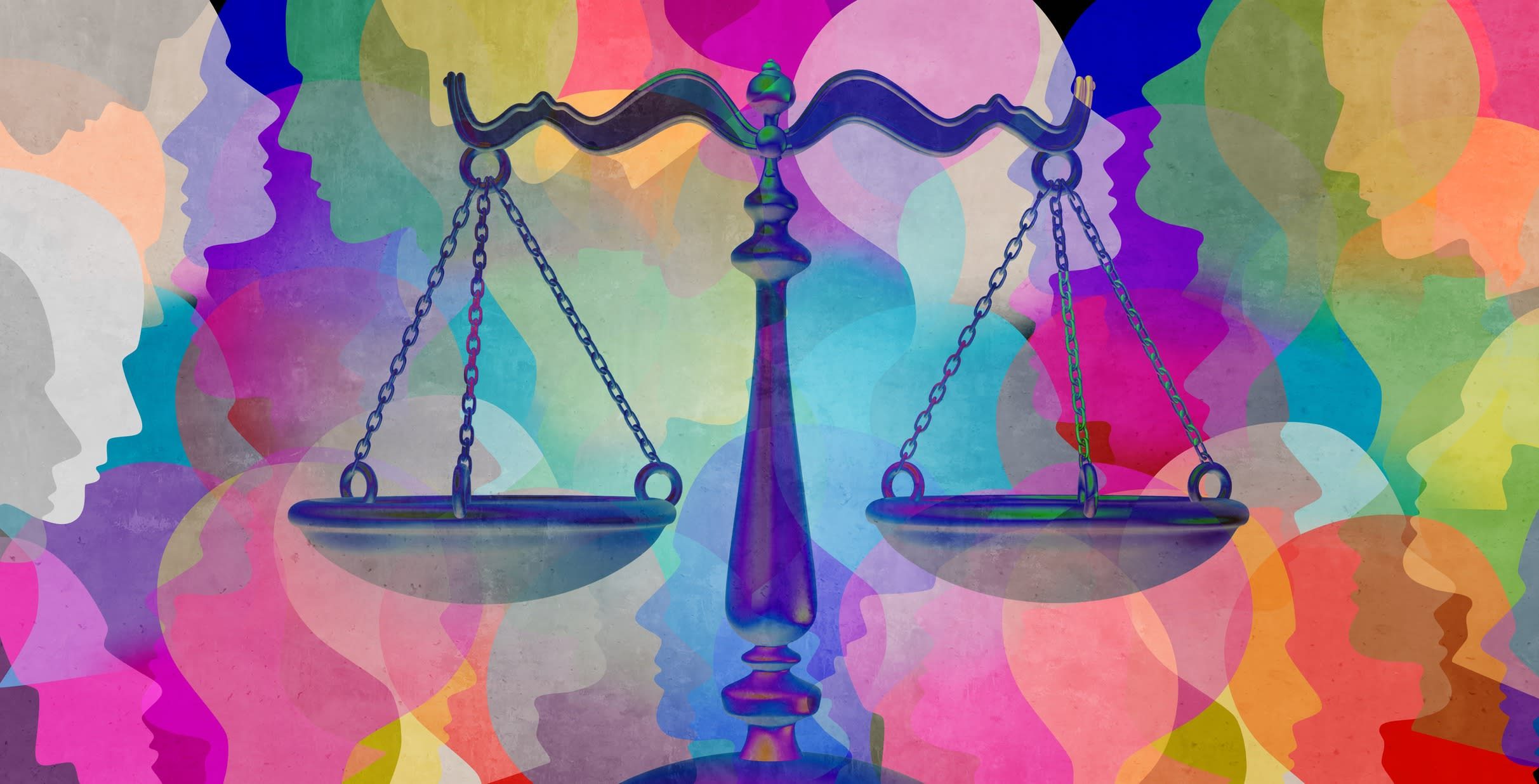
Others cited being called “dyke”, being told to “man up”, and being consistently misgendered.
Concerningly, only 27% of participants were offered access to Victoria Police LGBTIQ liaison officers, despite being the exact demographic these officers are designed to serve, support, and protect.
Positively, participants who interacted with LGBTQ+-specialist services, including community-controlled support services, LGBTQ+ legal services, and the LGBTIQ+ Family Violence Practitioner Service, had positive experiences.
These services were culturally safe and affirming and made participants feel seen and heard. However, these services are critically underfunded and struggle to meet demand.
The misidentification of victim-survivors as perpetrators
An alarming finding of the study was that, despite all participants identifying as victim-survivors of family violence, approximately half had been listed as a “respondents” on an FVIO application. This means they were viewed as the perpetrator in the relationship, which might occur when police incorrectly identify the victim-survivor as the perpetrator.
Though this is also an issue for cisgender, heterosexual women, it presents differently for LGBTQ+ people.
For example, where both parties are men, police might make gendered assumptions based on the size of the gender presentation of parties (for example, assuming that the more masculine party must be the perpetrator).
Here, we see how the “public story” of family violence has created a binaried understanding of family violence as solely “male-perpetrator, female-victim” – an understanding that harms LGBTQ+ victim-survivors.
Further, transgender people have long been subject to police discrimination, partly due to constructions of transgender people as “deviant” – such assumptions might increase risks of misidentification, where police assume a trans person in a relationship is likely to be the perpetrator.
Safety improved for few
For many participants, engagement with the legal system wasn’t worth the microaggressions and discrimination they experienced by their gender identity and sexual orientation.
While some participants felt that obtaining a family violence intervention order (FVIO) helped them feel safer, they were the exception. Most saw the abuse exacerbate during and after engagement with the legal system or saw the abuse take new and less easily evidenced forms.
Further, when perpetrators breached the FVIO, victim-survivors were reluctant to report to the police for fear of further discrimination.
The system has a binaried view of who is a victim and who is a perpetrator, and this binary is informed by simplistic gendered stereotypes.
For participants listed as respondents, being labelled a perpetrator impacted their visa status, job performance, financial situation, mental health, and access to their children.
Additionally, the message that the law isn’t there to protect them was reinforced. As one participant said: “I have resigned myself to the fact we can never stop family violence. I can never stop family violence. I will have to live with family violence, and how will I do that for me and the kids?”
The report highlights that LGBTQ+ victim-survivors seeking protection via intervention order systems encounter many of the same barriers faced by cisgender, heterosexual women victim-survivors – the failure of police to take non-physical forms of abuse seriously, doubting the credibility of victim-survivors, and a failure to enforce breaches of intervention orders, to name a few.
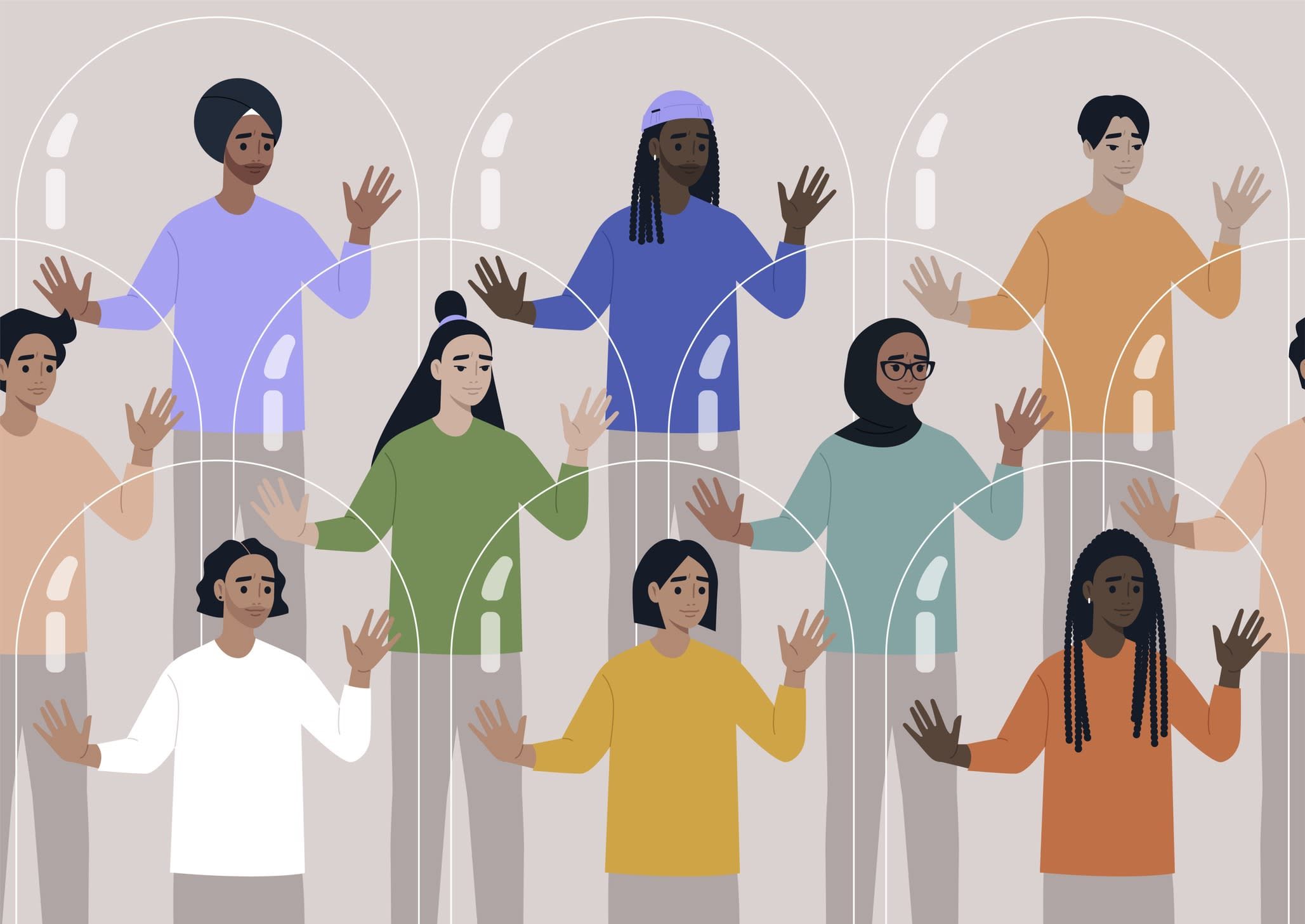
However, participants in this study faced additional and distinct barriers, which often presented as microaggressions directed towards their gender identity and sexual orientation.
The system has a binaried view of who is a victim and perpetrator, and simplistic gendered stereotypes inform this binary.
This means that when LGBTQ+ people are present in this system, the law struggles to see them as “real” victims due to the pervasiveness of the cis/hetero-normative “public story” of family violence.
Many participants said they only sought protection from the law because there was “no alternative” – many would have preferred to address violence through restorative, therapeutic, and community-led initiatives.
Rather than bringing new communities into a broken system emblematic of a larger institution that has been on the frontline of the oppression of LGBTQ+ communities, perhaps greater attention should be paid to non-legal responses to LGBTQ+ family violence.
![]()
This article was first published on Monash Lens. Read the original article

